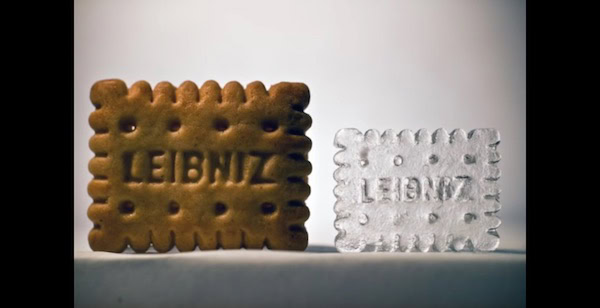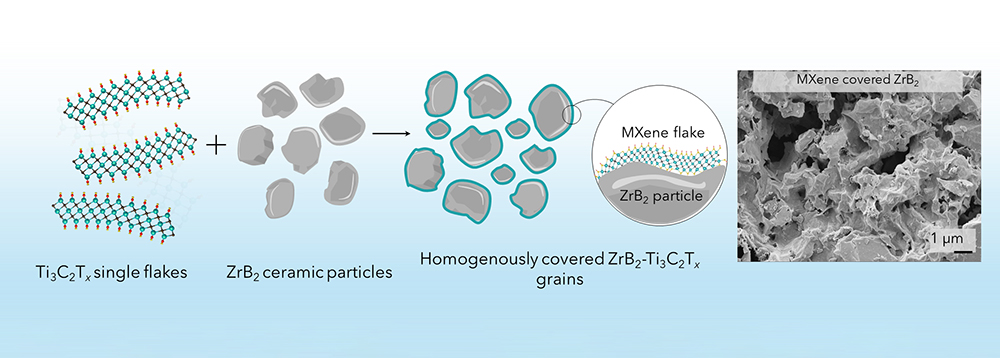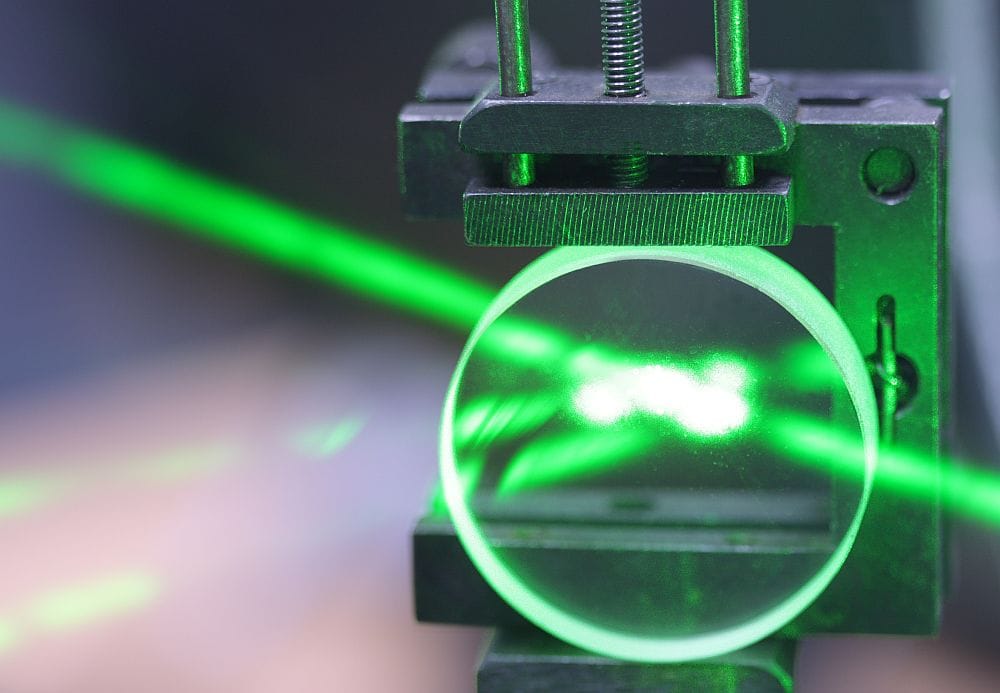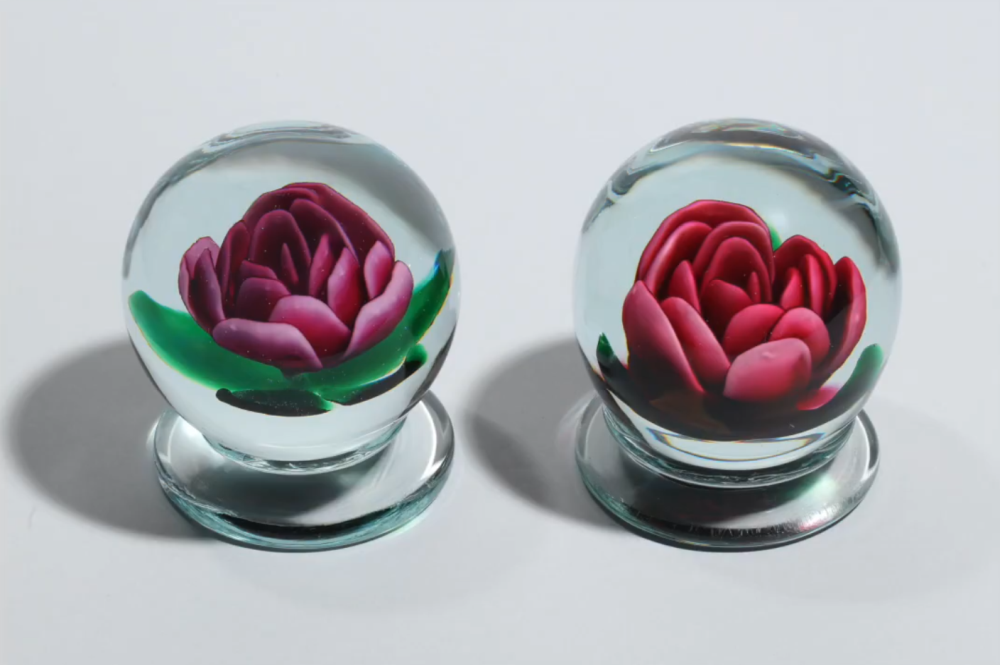
[Image above] A cookie and its glass replica, which was created with a new liquid glass nanocomposite. Credit: Xin Su; YouTube
Glass is great, but creating microstructure within this great material is not such an easy task.
While it can be done—using traditional methods like wet etching, which uses hazardous materials and has other serious drawbacks, or more advanced methods like laser etching—better methods are needed to more easily, quickly, and inexpensively create microstructured glass that can be used for rapid prototyping applications.
And glass’s inertness, thermal and chemical stability, and versatility make it the perfect go-to material for such applications. That’s why researchers at Karlsruhe Institute of Technology have devised a photocurable liquid material that just might give glass the advantage.
Called Liquid Glass or LiqGlass, the nanocomposite material is a photocurable liquid of amorphorous silica nanopowder, hydroxyethylmethacrylate monomer, and phenoxyethanol solvent.
Because it’s a liquid, the nanocomposite can easily be molded at room temperature into the desired shape and structure using soft polymer molds. But because it contains silica, the composite can then be thermally treated to remove the polymers, yielding a glass solid.
“Liquid glass is a step toward prototyping of glass microstructures at low cost without requiring cleanroom facilities or hazardous chemicals,” the authors write in the paper’s abstract, published in Advanced Materials.
To process the molded nanocomposite, the KIT team cured the material with UV light. Then, sintering the cured material at 1,300ºC burned off the polymers, leaving behind only densified glass in the molded configuration.
And, to create even more complex components, the team reports that it can bond several nanocomposite layers together to create layered architectures that would be needed for microfluidic chips, for example.
The authors report that the resulting glass is indistinguishable from commercial fused silica glass, with good chemical stability and similar surface, optical, and mechanical properties.
Although the final product is a good replica of the mold, however, the sintering process shrinks the final part by ~26%, according to a Chemistry Views article about the research.
The reported technique is preliminary, but it could represent an easy and inexpensive method to create glass components with fine structures and to push glass materials further into rapid prototyping and additive manufacturing applications.
“Using LiqGlass it is possible to convert arbitrary physical objects made from almost any material with feature sizes in the range of tens of micrometers and roughness of a few nanometers into glass rapidly and conveniently,” according to a Materials Views article about the work.
The paper, published in Advanced Materials, is “Liquid glass: A facile soft replication method for structuring glass” (DOI: 10.1002/adma.201506089).
Author
April Gocha
CTT Categories
- Glass
- Material Innovations
- Nanomaterials


